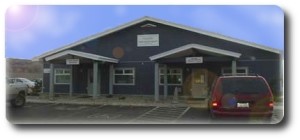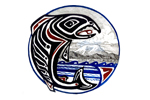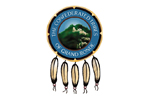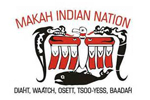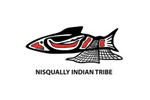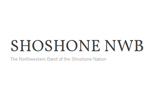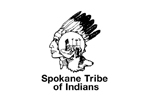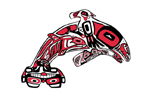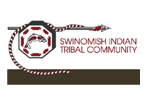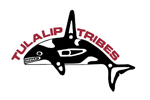Health services are provided at ambulatory clinics located in three tribal districts, Nespelem, Inchelium, and Omak. The largest program is the Colville Health center in Nespelem, a 17,110 SF Indian Health Service facility constructed in 1934. This clinic provides a wide range of family practice oriented medical, dental and optometry services. The Nespelem clinic employs three primary care physicians of which 2 are full-time federal employees and the third being a contractual arrangement with the  Coulee Community Hospital, two mid-level medical providers, two dentists, 1 full time and the other is on a Personal Services Contract, four full time Registered Nurses, one LPN and one public health nurse. The clinic is AAAHC accredited and bills for services provided to patients who are Medicaid or Medicare eligible or who have private insurance coverage. The Colville Indian Health Service also operates a satellite Dental Facility out of the Community Center located in Omak on the northwestern side of the Colville Indian Reservation. They are also in the process of opening a satellite pharmacy, which should be fully operational by the middle of FY02. The Clinic had a total of 33,651 ambulatory visits in FY01. The Colville Tribes operates a smaller health clinic in Inchelium. The 4,864 SF clinic in Inchelium was built in the 1970s and provides medical, dental and optometry services on a full-time basis. Inchelium had 4,360 primary care patient visits and 6,213 other patient visits for a total of 10,573 patient visits in FY2001.
Coulee Community Hospital, two mid-level medical providers, two dentists, 1 full time and the other is on a Personal Services Contract, four full time Registered Nurses, one LPN and one public health nurse. The clinic is AAAHC accredited and bills for services provided to patients who are Medicaid or Medicare eligible or who have private insurance coverage. The Colville Indian Health Service also operates a satellite Dental Facility out of the Community Center located in Omak on the northwestern side of the Colville Indian Reservation. They are also in the process of opening a satellite pharmacy, which should be fully operational by the middle of FY02. The Clinic had a total of 33,651 ambulatory visits in FY01. The Colville Tribes operates a smaller health clinic in Inchelium. The 4,864 SF clinic in Inchelium was built in the 1970s and provides medical, dental and optometry services on a full-time basis. Inchelium had 4,360 primary care patient visits and 6,213 other patient visits for a total of 10,573 patient visits in FY2001.
The Colville Tribes also operates a number of health programs under P.L.93-638, Title I contracts with the Indian Health Services. These programs include community health nursing, community health representatives, nutrition, health education, mental health, social services, alcohol and substance abuse counseling, environmental health, and emergency medical services. The Tribes also operate a WIC program and a maternal support services project with non-IHS funding. Since 1981, the tribes has owned and operated a long term care facility in Nespelem. With 52 beds the Colville Convalescent Center provides residential care for reservation elders. The Tribe Center is supported by Medicaid reimbursement, private pay, and tribal funds. The Tribe’s Contract Health Service (CHS) program is operated by the Indian Health Services from the clinic in Nespelem. The Tribe’s Contract Health Service Delivery Area (CHSDA) includes Chelan, Douglas, Ferry, grant, Lincoln, Okanogan, and Stevens counties. The enrolled tribal population is 8,507 and with 50% living on or near the reservation. There are 13,355 registered patients, and 7,826 active users in the Colville Service Unit. The leading causes of death are heart disease, malignant neoplasm, motor vehicle accident, cerebrovascular disease, and cirrhosis of the liver. Clients have to travel two hours each way to Spokane or Wenatchee for specialized health services.

